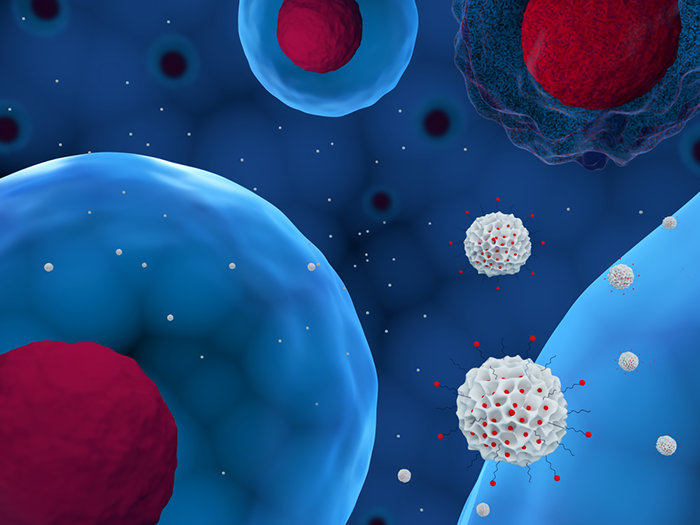Drug delivery technology has brought additional benefits to pharmaceuticals such as reduced dosing frequency and side effects. In order to enhance the efficacy of the drugs, Creative Biolabs has developed novel delivery system including cochleates and nanocochleates, which have potential in encapsulating and delivering small molecule drugs.

Drug delivery technologies bring about significant benefits, such as delaying the drug release, reducing dosing frequency, and extending the lives of those fighting the disease. In addition, drug delivery technology allows the use of alternate routes for the administration of drugs that can improve patient compliance and convenience, especially by oral administration.
Oral formulations offer many advantages, including improved patient compliance, lower medical costs, and fewer side effects. However, there are many drugs that have not been used orally in clinical practice due to their poor membrane permeability and low water solubility, which limit the transport from the intestinal tract to the blood circulation. With an in-depth understanding of the gastrointestinal tract, some effective lipid-based carriers have been developed to enhance drug solubility and gastrointestinal permeability. Among them, cochleates and nanocochleates are one of the drug delivery platforms that attracted attention recently as a means to enhance and optimize the delivery of pharmaceuticals.
Cochleates are stable phospholipid-cation precipitates made of large continuous, lipid bi-layer sheets rolled up in a spiral structure with no internal aqueous phase. The unique structure of the tightly packed cochleates protect the molecules encompassed within the lipid bilayers from degradation. Since the cochleate crystalline structure is composed of a series of solid layers, biologically active molecules, the interior of the structure remain intact, even if the structure is exposed to acid pH or enzymes. In addition, cochleate formulations can be lyophilized, without altering the cochleates structure and the intactness of encochleated molecules, and stored as a dry powder at room temperature. The negatively charged lipid-based cochleate structures can mediate safely the delivery of macro- and small therapeutic molecules. Until now, cochleates have been successfully utilized for the delivery of multiple active ingredients such as antifungal agents, DNA, and vaccines. Future efforts in cochleate development will focus on enhancing the delivery of therapeutic molecules by engineering the cochleate formulations.
Nanocochleates are stable phospholipid-cation precipitates with multilayered cylindrical structures, consisting of positively charged calcium ions and negatively charged phospholipid. When drugs are incorporated into nanocochleates, the unique multilayered cylindrical structures protect the encapsulated drug from biodegradation under hazardous environmental conditions, resulting in enhanced oral bioavailability. In addition, nanocochleates with lipid bilayer also display good biocompatibility, favorable therapeutic efficacy and safety for poorly water-soluble drugs. Nanocochleate delivery system also shows great potential in natural anticancer drugs. Given that each drug with its own unique property, there is not a systematical theory or empirical guideline to guide the formulation selection.
Creative Biolabs has developed procedures for the preparation of cochleate and nanocochleates formulations containing a wide variety of biologically important molecules, including proteins, peptides, DNA plasmids, antisense oligonucleotides, drugs, and lipid-soluble compounds. If you have any needs in this regard, please feel free to contact us.
 For Research Use Only. Not For Clinical Use
For Research Use Only. Not For Clinical UseSupports
Online Inquiry

